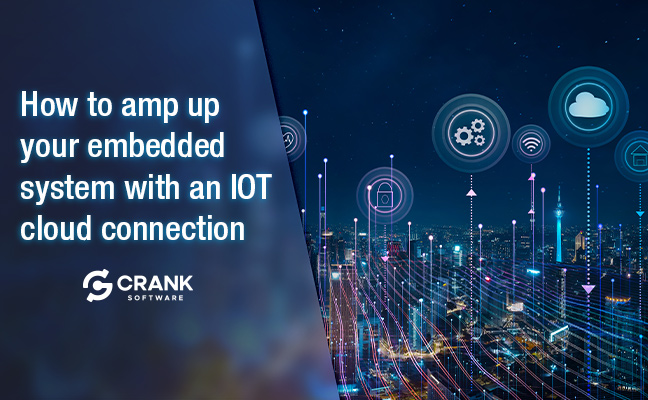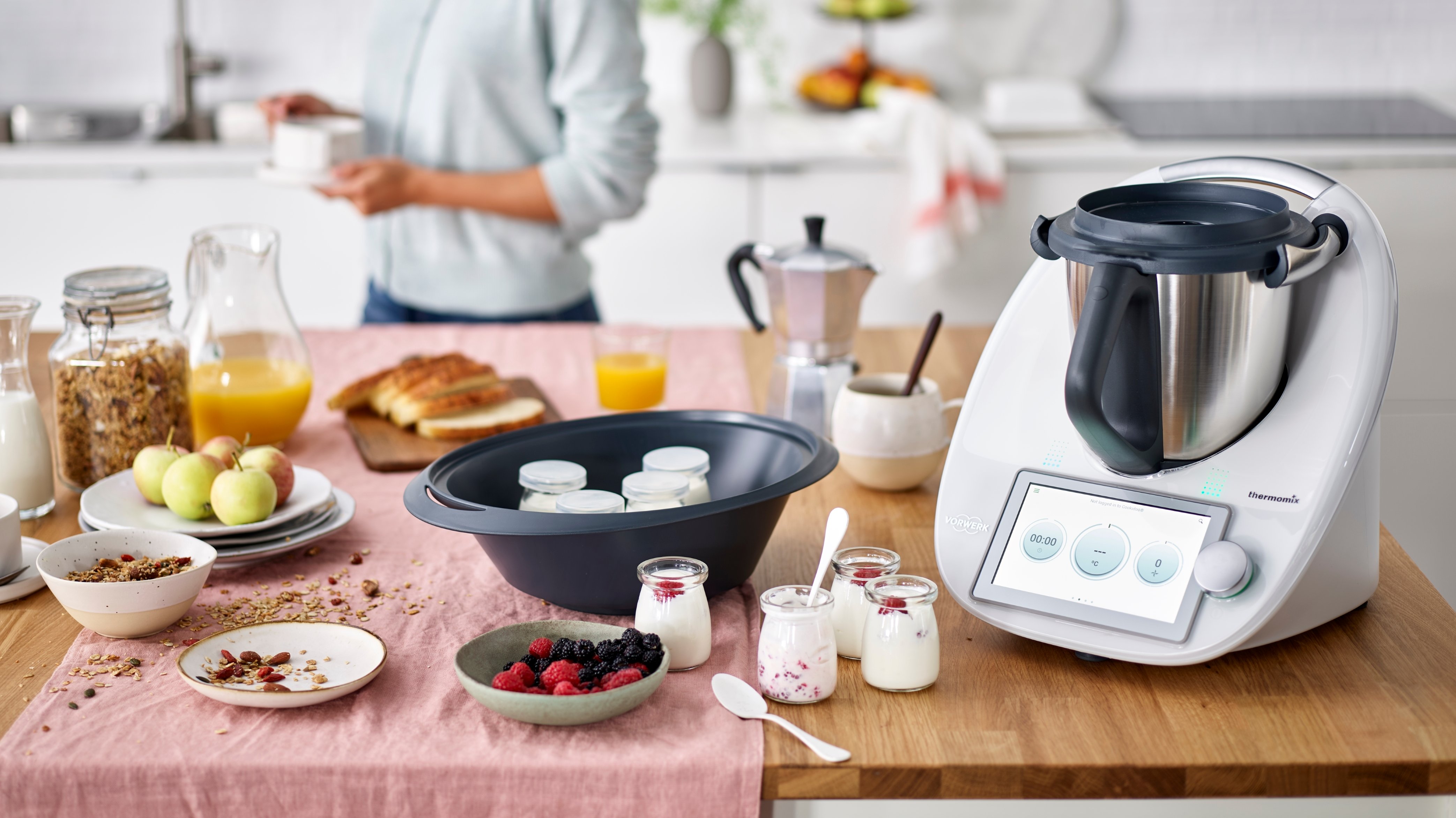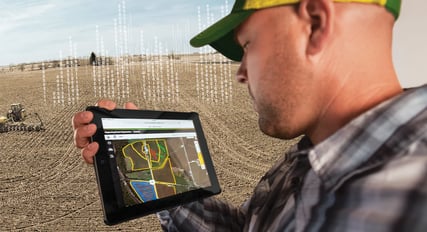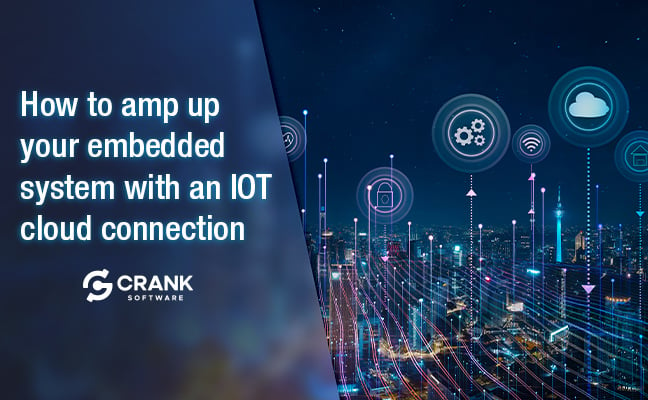
Let’s say you’re building a smart home appliance. Or a connected health vital-sign monitor. Or an IoT factory-control panel. Or a next generation car. What do all of these things have in common? They’re all embedded devices that rely on a cloud connection. Unfortunately, many developers are building their cloud connection to support one or two specific use cases, leaving an amazing resource underutilized. There are myriad ways your device’s cloud connection can make your embedded product stand out in a crowd. Let’s explore a few of these design considerations.
High impact user experiences
One of the most powerful ways to use a cloud-connected device is to integrate it into a user’s lifestyle. A tie to the rest of a user’s life can give your device powerful new features, much appreciated niceties, or remote capabilities.
One of the clearest use cases is providing remote access to smart home devices. Emerson’s Sensi touch Smart Thermostat lets homeowners control their home’s thermostat, turning heat down or simply monitoring the house’s temperature while they’re away. Let’s not stop there: what about predictive maintenance? Sensi also gives homeowners a heads-up when filters need replacing or furnaces need servicing before they stop working.

ABOVE: THE VORVERK THERMOMIX TM6 CONNECTS TO THE CLOUD FOR IT'S AWARD-WINNING RECEIPE PLATFORM, COOKIDOO (PHOTO CREDIT: VORWERK.COM)
Vorwerk’s Thermomix TM6 takes advantage of its cloud connection to give home cooks a personalized experience. With the help of their Cookidoo cloud platform, the TM6 shows aspiring master chefs the ingredient list and step-by-step instructions for tens of thousands of recipes through its large full color touchscreen. The TM6 and its companion mobile app also takes the pain out of meal planning with accounts that allow users to create grocery lists and customized recipes. Placing the user’s account information in the cloud is more than just a convenience, it allows cloud-based analytics to learn more about the user, which can be pushed back to the device allowing it to automatically adapt to their owner’s preferences.

We’ve talked about the power of voice before. But a connection to a cloud-powered digital voice assistant can give your smart appliances the power to hear their users and talk back. GE’s SmartHQ appliances connect with Amazon Alexa, Google Assistant, and Apple HomeKit to let users preheat the oven, heat water, or know when the dryer is done, all with voice. The cloud can also act as a home hub for all of a user’s smart devices, like GE’s Kitchen Hub.
Moving connections into a cloud-based gateway application provides users with flexibility, upgradability, and access everywhere. The cloud-as-mediator also allows all those devices to interact with each other, providing the backbone to a smart home, smart office, or smart factory.
Devices that are user-independent
With a cloud connection, your device won’t need constant care and feeding from the user, a much-appreciated quality.
Probably the easiest burden to relieve the user of is automatically setting the clock. If your white good uses its Internet connection to support an NTP service like this Samsung fridge does, you don’t have to bother your user with dates, times, or daylight savings – just show them what time it is, always atomically accurate.

John Deere uses their embedded cloud connection to monitor the health of their machines. Not only does this let them track usage patterns and suggest improvements, but they can also collect logs and diagnostic information that can be critical for service, support, and warranty – or for next year’s product design.
Shipping fast and staying relevant
A software code freeze clamps down on your product’s features and brings bug fixes to a halt. Needless to say, using over-the-air programming (OTA) lets your software development and testing continue while production gears up and the physical device is manufactured. In fact, it’s pretty much a given for any consumer device today, and in Europe OTA for an IoT device has become a requirement. It gives you, the device maker, a number of key abilities:
- Releasing products earlier, letting you improve your time to market
- Regularly introducing new features to provide users with perpetual delight
- Fixing show-stopper bugs as new corner cases are discovered
- Sending out maintenance releases that include many little fixes
- Updating the user interface to correct confusing elements
- Rolling out cybersecurity patches or updates
- Customizing in-field units for special customers
The cost of acquiring, implementing, or integrating an OTA infrastructure will pay for itself in your flexibility and capability in no time.
Additional functionality under the hood
Are there features you can give your cloud-powered embedded device that are invisible to the user but still add world-class capability?
You bet there are.
- You can collect data for processing analytics that is much more complex than your device’s CPU can manage – one that combines data streams from multiple devices and uses machine learning to derive more value for both your company and your user.
- You can use external cloud storage to keep much more data than your device’s flash drive can possibly hold.
- You can offload your device’s processing into the cloud with distributed API calls for services that don’t need real-time access or require regular updates.
- And if your industry has problems with illegally copied products, you can use cloud-based copy protection to authenticate devices and prevent unauthorized clones from working.
Send in the clouds
It almost goes without saying that any embedded connection must think about security, first and foremost. That’s a subject that can take up pages on its own – just don’t neglect it, and don’t wait until post-design to consider security ramifications of any of your cloud connections.
Your device’s connectivity is the most powerful tool in your toolkit. Now go out and make products with dazzling features and stunning interfaces that leave the competition in the dust.
Interested in learning more about building exceptional embedded graphics for IoT devices? Watch this on-demand video a walk-through using Crank Storyboard on the NXP i.MX 8M Nano, or sign-up for our webinar next week on the future of IoT devices.
.png?width=180&height=67&name=Crank-AMETEK-HZ-Rev%20(4).png)



